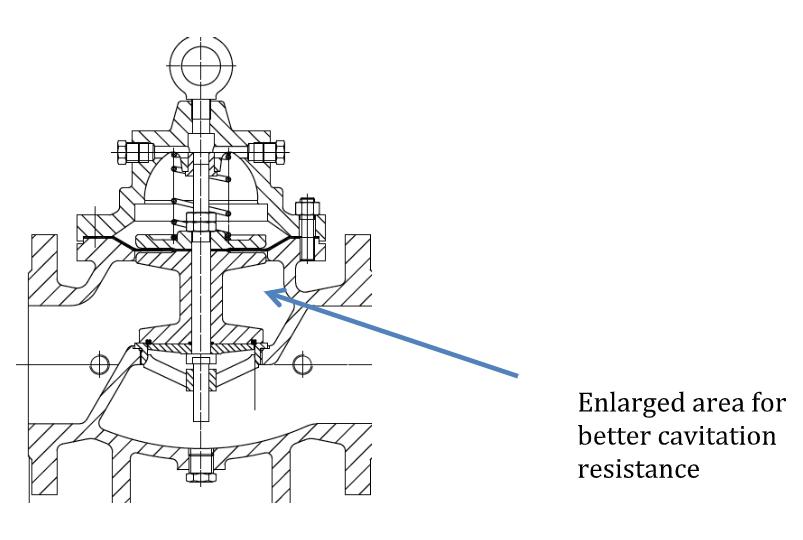
2 minute read
Selection criteria for water control valves
For most engineers the criteria for selecting control valves is confusing. Usually, they end up specifying a control valve promoted by the last representative who met with him, or the company with the most prominent marketing. This often results in valves selected with less than suitable features for the applications they are chosen for.
An excellent article written by Hannes Erasmus some years ago spells out the features of the various control valves available in the water market. Hannes represented one of the largest and most common control valve manufacturers at the time and highlighted the pros and cons of all the valves in the most independent way possible. Find the article here https://ultravalves.co.za/wp-content/ uploads/2020/11/CONTROL-SELECTION-new.docx.pdf Since the publishing of the article, there have been some significant developments in the world of water control valves which we highlight below.
Globe control valves
Firstly there has been an evolution of the standard globe control valve into a slightly more robust valve with features of better cavitation resistance (through body redesign) and with an improved main seal design by using a quad seal (O-ring with 4 corners) instead of the common flat “disc” seal. Also this valve is of such a design that the standard body is capable of a pressure rating of 40bar. This design is being manufac-tured by reputable companies like Watts, and with many international manufacturers following this option.
Ratio reducing valve
This valve has been available in the water industry in Australia for some years and on-ly made some inroads into the SA mining industry through a local importer/distributor of this valve. With some redesigns, this valve has emerged in the SA mining industry and has also now been marketed to the water industry in SA with growing success. The valve consists of a piston with differential areas to provide a pressure drop in se-lected ratios of 2:1, 3:1, 4:1 and 5:1. It has the same hydraulic benefits as axial flow de-signs in that it has excellent cavitation resistance and can accommodate low flows without needing small by-pass controls. It has no external pilots or fittings, which can be tampered with (or stolen). Due to the nature of its design, the valve has an instant reaction time (unlike pilot op-erated PRV’s), and so can be used in series with a pilot operated control valves without instability …. so can effectively extend the range of pilot operated control valves. With all the beneficial features it is believed that this valve
will play an increasing role in the water industry.
Maric flow control valve
This valve is the simplest form of the flow control valve as it also does not have any ex-ternal pilots or control elements. It simply consists of control rubbers which are de-signed to provide the flow rate required and available in sizes from 10mm to 500mm in versions as shown in the figure below. Uses of this valve are extensive and have found a real niche in areas where water needs to be conserved in our waterstarved continent and for simpler control of flow rate. The author believes that with these simplified forms of pressure and flow control, the target of improving water control to the benefit of our country is receiving a great boost.
Ultra Control Valves, +27 (0)11 452 6514, peter@ultravalves.co.za, www.ultravalves.co.za











